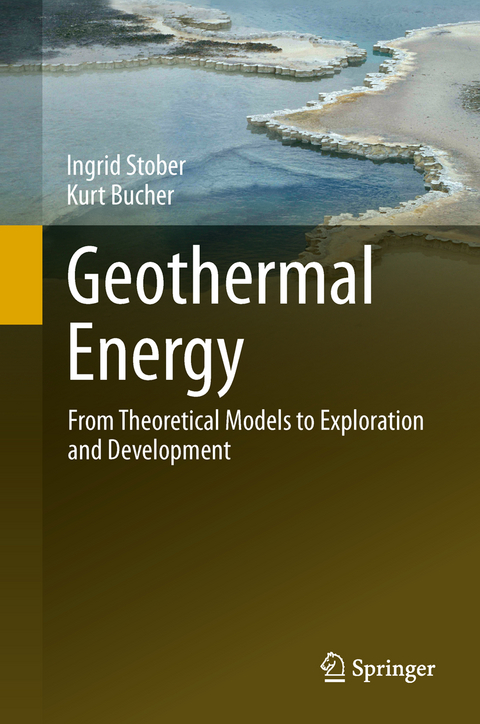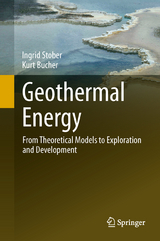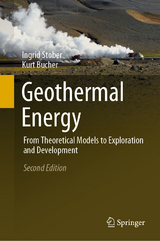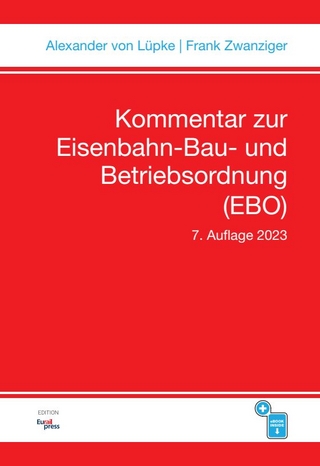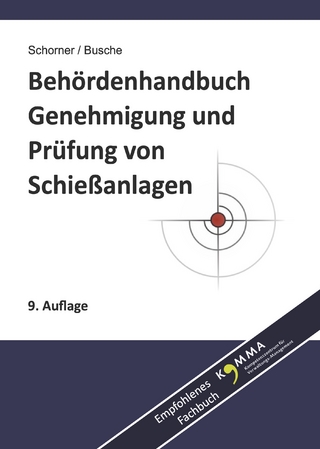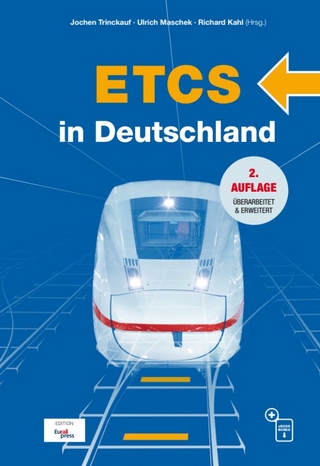Geothermal Energy
Springer Berlin (Verlag)
978-3-642-13351-0 (ISBN)
- Titel erscheint in neuer Auflage
- Artikel merken
The exploration of geothermal resources has become an important topic of study as geology and earth science students prepare to meet the demands of a rapidly growing industry, which involves an increasing number professionals and public institutions participating in geothermal energy related projects. This book meets the demands of both groups of readers, students and professionals.
Geothermal Energy and its utilization is systematically presented and contains the necessary technical information needed for developing and understanding geothermal energy projects. It presents basic knowledge on the Earth’s thermal regime and its geothermal energy resources, the types of geothermal energy used as well as its future potential and the perspectives of the industry.
Specific chapters of the book deal with borehole heat exchangers and with the direct use of groundwater and thermal water in hydrogeothermal systems. A central topic are Enhanced Geothermal Systems (hot-dry-rock systems), a key technology for energy supply in the near future. Pre-drilling site investigations, drilling technology, well logging and hydraulic test programs are important subjects related to the exploration phase of developing Geothermal Energy sites. The chemical composition of the natural waters used as a heat transport medium in geothermal systems can be used as an exploration tool, but chemistry is also important during operation of a geothermal power plant because of potential scale formation and corrosion of pipes and installations, which needs to be prevented.
Graduate students and professionals will find in depth information on Geothermal Energy, its exploration and utilization.
Ingrid Stober: Studied Earth Sciences at the University of Freiburg (Germany). 1985 Ph.D. with the dissertation on "groundwater flow patterns in hard-rock aquifers, results from pumping- and injection-tests". 1994 habilitation thesis on "hydrogeology of crystalline rocks of the Black Forest, Germany". She is working at the Geological Survey of Baden-Württemberg, with the responsibility for geothermal energy. Her research interests are geothermal waters and hydraulics. Kurt Bucher: Studied Geology at ETH Zurich (Switzerland). 1977 Ph.D. in metamorphic petrology. Assistant professor at the University of Basel (Switzerland), Professor of Geology at the University of Oslo (Norway) and is currently Full Professor of Mineralogy and Geochemistry at the University of Freiburg (Germany). His research is focused on field studies of water-rock interaction processes in deep geothermal systems.
1. Thermal Structure of the Earth.-1.1 Renewable Energies, Global Aspects.- 1.2 Internal Structure of the Earth.- 1.3 Energy budget of the planet.- 1.4 Heat transport and thermal parameters.- 1.5 Brief outline of methods for measuring thermal parameters.- 2. History of Geothermal Energy Use.- 2.1 Early utilization of geothermal energy.- 2.2 History of Utilization of Geothermal Energy in the last 150 Years .- 3. Geothermal Energy Resources.- 3.1 Energy.- 3.2 Significance of "renewable" energies.- 3.3 Status of geothermal energy utilization.- 3.4 Geothermal energy sources.- 4. Application of Geothermal Energy.- 4.1 Near surface Geothermal Systems.- 4.2 Deep Geothermal Systems.- 4.3 Efficiency of geothermal systems.- 4.4 Major geothermal fields, high enthalpy fields.- 5. Potentials and Perspectives of Geothermal Utilization.- 6. Geothermal Probes.- 6.1 Planning Principles .- 6.2 Construction of ground source heat exchangers.- 6.3 Dimensioning and design of geothermal probes.- 6.4 Drilling methods for borehole heat exchanger.- 6.5 Backfill and grouting of geothermal probes.- 6.6 Construction of deep geothermal probes.- 6.7 Operating geothermal probes: Potential risks, malfunctions and damages.- 6.8 Special systems and further developments.- 7. Geothermal Well Systems.- 7.1 Building geothermal well systems.- 7.2 Chemical aspects of two-well systems.- 7.3 Thermal range of influence, numerical models.- 8. Hydrothermal Systems, Geothermal Doublets.- 8.1 Geology and tectonic structure of the underground.- 8.2 Thermal and hydraulic properties of the target aquifer.- 8.3 Hydraulic and thermal range of hydrothermal doublets.- 8.4 Hydrochemistry of hot waters from great depth.- 8.5 Reservoir-improving measures, Efficiency-boosting measures, Stimulation.- 8.6 Productivity risk, Exploration risk, Economic efficiency.- 8.7 Some site examples of hydrothermal systems.- 8.8 Project planning of hydrothermal power systems.- 9. Enhanced-Geothermal-Systems (EGS), Hot-Dry-Rock Systems (HDR), Deep-Heat-Mining (DHM).- 9.1 Techniques, procedures, strategies, aims.- 9.2 Historical development of the hydraulic fracturing technology, early HDR sites.- 9.3 Stimulation procedures.- 9.4 Experience and dealing with micro-seismicity.- 9.5 Recommendations, Notes.- 10.Environmental Issues Related to Deep Geothermal Systems.- 10.1 Seismicity related to EGS projects.- 10.2 Interaction between geothermal system operation and the subsurface.- 10.3 Environmental issues related to surface installations and operation.- 11. Drilling techniques for deep wellbores.- 13. Geophysical methods, exploration and analysis.- 12.1 Geophysical pre-drilling exploration, seismic investigations.- 12.2 Geophysical well logging and data interpretation.- 13.Testing the hydraulic properties of the drilled formations.- 13.1 Principles of hydraulic testing.- 13.2 Types of tests, planning and implementation, evaluation procedures.- 13.3 Tracer Experiments.- 13.4 Temperature evaluation methods.- 14. The chemical composition of deep geothermal waters and its consequences for planning and operating a geothermal power plant.- 14.1 Sampling and laboratory analyses.- 14.2 Deep geothermal waters, data and interpretation.- 14.3 Mineral scales and materials corrosion.- 15. References
| Erscheint lt. Verlag | 19.12.2013 |
|---|---|
| Zusatzinfo | IX, 291 p. 120 illus., 69 illus. in color. |
| Verlagsort | Berlin |
| Sprache | englisch |
| Maße | 155 x 235 mm |
| Gewicht | 600 g |
| Themenwelt | Naturwissenschaften ► Geowissenschaften |
| Technik ► Elektrotechnik / Energietechnik | |
| Technik ► Umwelttechnik / Biotechnologie | |
| Schlagworte | Drilling methods • Exploration techniques • Geothermal energy utilization • Hardcover, Softcover / Geowissenschaften/Sonstiges • Hydraulics • Hydrochemistry • renewable energy |
| ISBN-10 | 3-642-13351-7 / 3642133517 |
| ISBN-13 | 978-3-642-13351-0 / 9783642133510 |
| Zustand | Neuware |
| Informationen gemäß Produktsicherheitsverordnung (GPSR) | |
| Haben Sie eine Frage zum Produkt? |
aus dem Bereich
